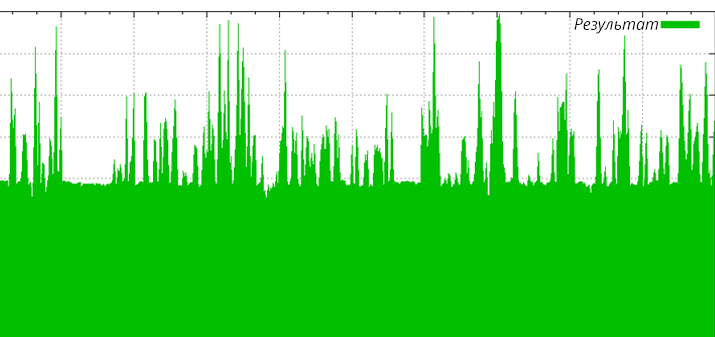The key to the success of an advertising campaign is its competent planning.

Without planning ahead for an advertising campaign, its process is likely to be chaotic and random. Which will lead to the futility of all the efforts spent. Running a campaign requires careful preparation and good planning. Here are the main 3 steps:
- Research of the current state of the campaign, analysis of market trends.
- Setting short-term (6 months) and medium-term goals (from 1 year to 2 years) that can be achieved within the allocated budget.
- Coordination of all procedures and organizational issues.
The main document that will allow you to systematize the process is the Measurement Plan or the Measurement Plan.
Four business goals for each project

The first stage of planning is always individual for each individual project. So let's move on to the second one. It is thanks to setting goals that the client's marketing strategy is built. Many marketers say that the main thing is not traffic, but sales. This is true for e-commerce projects. And what about the rest?
Using the Measurement Plan in your work, you can focus on macro conversions: these are mainly calls and requests from the site. They need to be tracked in order to understand whether the site solves business problems:
- Increase sales;
- Increase profit;
- Increase loyalty;
- Increase awareness.
To solve each of them, different advertising channels are used:
- Increase sales + reach a hot audience. For this, context, optimization by traffic or phrases, and the use of targeted advertising in social networks are suitable. To enhance the effect, you can add retargeting.
- Increase profit. The same tools are used. The only thing you need to focus on is product analytics, namely on a group of products that will be more profitable: with optimal cost, demand and margin. Whether the usability of the site has improved, we check with the help of split testing.
- Increase loyalty. At this stage, only the distribution of business proposals is used, thus conveying information to the largest number of target audiences.
- Increase awareness. At this stage, various media advertising is purchased (banners, Flash-banners, Rich-media, etc.), thereby covering a wide audience. Remarketing is also added.
All of the above is placed in the brief, where it is detailed to what result and for how long the activities will lead.
This is an important step towards achieving the intended goal. In the brief, the client (not without the help of a manager) answers questions. Based on the answers, specialists develop a campaign. Planned and current indicators are entered into the Measurement Plan.
Evaluation of results

With business goals, everything seems to be clear. In the course of work, they can be refined by formulating tasks, segments and KPIs.
- What is a business task is a thing that is clear to those who manage the process. Simple tasks in this case mean smaller workflows that help you understand what exactly needs to be sold and what leads you need to attract.
- KPI makes it possible to present the result in the form of numbers. Most often, numbers express the amount of something: sales, calls, applications, and so on.
In order to get the most accurate result, it is desirable to have previous experience. If it is not, then we can make a forecast, but not a more or less accurate plan.
It is important to understand the difference between a "forecast" and a "plan" here. The forecast is based on approximate data (when there is not enough statistical data). They may be subject to significant error. The plan is based on the numbers that were obtained during previous advertising campaigns. Here the error should not exceed 20%.
If before there was no experience in setting goals in GA, when setting up, we select 1-3 months of indicators. Also, be sure to update the measurement plan that was filled out in the original brief.
When there are indicators on e-commerce and goals (it’s good if these data are collected for at least a year), we study the current data on the selected tasks. This makes it possible to adequately assess and plan the timing of KPI growth in relative and absolute values.
For maximum effect, refer to the measurement plan (once a week is enough) to focus on specific indicators. Thus, you will be aware of what is happening and will be able to react in time if something does not go according to plan. Sometimes, already during the campaign, the client expresses a desire to complete the tasks. At the same time, they may contradict the initially designated business goals. And then, the contractor may refuse to make additions, thereby saving the customer's budget. And he can consciously expand the measurement plan according to customer requirements.
The measurement plan needs to be re-evaluated periodically, as it may turn out that major adjustments are required as the play progresses. It is better to clarify the terms of revaluation right away: this can happen once every 3 months, or maybe once every 6 months, depending on the type of business. There is no need to be afraid to make changes, because the advertising environment is fickle, the competition is dynamic, and what can change in the client's business direction does not depend on you at all. Most importantly, do not forget about a systematic approach and then all goals will be achieved.
